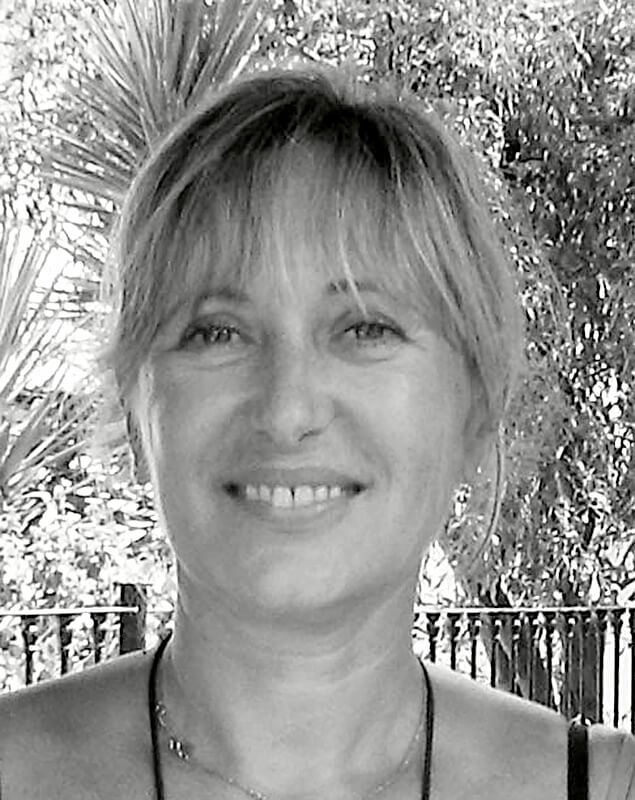Sonia Costa is an was born in Northeast Italy and is temporarily based in Rome. With her studies in Geography and her passion for nature and worldwide different cultures, she has been traveling the world for years studying the interrelationship between people and environment. Promoting a sustainable tourism with a low environmental impact, she has long worked in Indian Sub-Continent, South East Asia and in the most isolated corners of the planet.
Award winning free-lance photographer, she has been taking street and documentary photographs for years. Her essential subject is social life, focusing mostly in ordinary life, cultural stories and contemporary issues, always attracted by old stories, isolated places and people out of the spotlight. Her special passion for intimacy led her to develop portraiture as one of preferred means to interact with people and better understand the human condition. Wandering the planet including its remote regions, she has always been fascinated by the profound resilience with which simple people, especially women and children, face life . In a world submerged by conflicts, she tries to document the beauty and delicacy she can still find out there.
In 2016 her first pocketbook was published: "La figlia di Saadi" Ed. Polaris, a tour around the world through short stories and photographs dedicated to the female universe. She published her photographs in magazines and books and exhibited her work in collective and solo shows in Italy and in collective shows in USA and Spain, upcoming in Japan. After being away from photography world for a while, she started to share her photographs just three years ago and be awarded in various International Photography Contests.
Tokyo International Awards - IPA International Awards - Julia Cameron Awards - Prix de La Photographie Paris. Nominees and Honorable mentions, Merit of Excellence and Nominees : All About Photo APP Magazine - Monochrome Awards - Fine Art Photography Awards - Pollux Awards - Black and White Spider Awards - International Colors Awards - IPA Street Awards.
Ordinary life through an extraordinary year
I have always loved isolated places and being able to capture images with few people filling empty spaces I felt, in some way, as I was in my loved remote and lonely journeys. I usually travel and live out of my country months a year. Due to Covid-19 Pandemic, I spent most of 2020 stuck in Italy and luckily, when possible, in other European countries. During the lockdown, I wandered through the deserted cities with my camera, in this project I tried to document the ordinary life of two Italian symbol cities: Rome and Venice. In summertime, Venice had somehow returned to what it once was many years ago, even if in indoor places masks were still compulsory. Without crowds of tourists poured through the narrow streets and the cruise ships that monstrously invaded the lagoon, I could hear my voice again and the silent canals could finally breath. Rome, in late spring and fall, looked like certain sunny summers when the city empties itself for holidays and the sultry heat. Only few people going around by tramways or in empty squares patrolled by policemen with the sound of the sea gulls in the air. Documenting ordinary life along the streets, it was like looking at old photographs during the pandemic Spanish flu in 1918.
Used to observe distant countries, see and record the changing world, last year I observed and caught the world through our changing cities.
